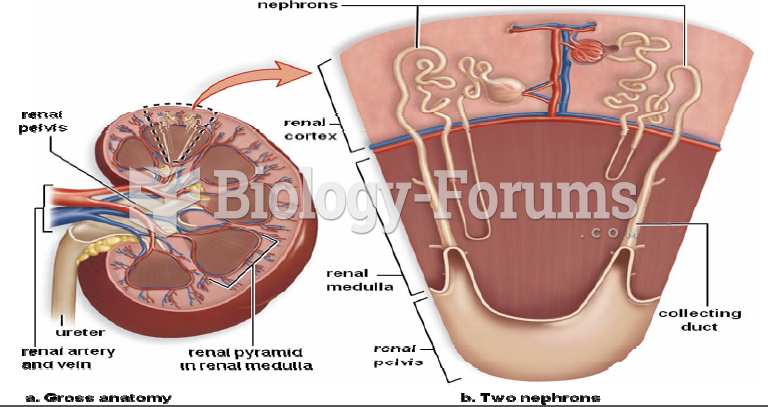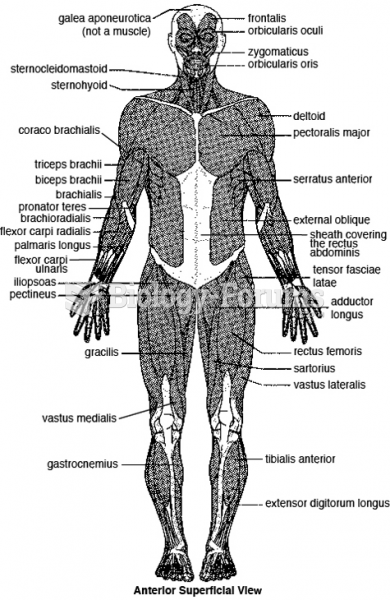Answer to Question 1
Worldwide, iron deficiency is the most common nutrient deficiency, with iron-deficiency anemia affecting 1.5 to 2 billion peoplemostly preschool children and pregnant women. In the United States, iron deficiency is less prevalent, but it still affects about 10 percent of toddlers, adolescent girls, and women of childbearing age. Iron deficiency is also relatively common among those who are overweight. The association between iron deficiency and obesity has yet to be explained, but researchers are currently examining the relationships between the inflammation that develops with excess body fat and reduced iron absorption.
Some stages of life demand more iron but provide less, making deficiency likely. Women are especially prone to iron deficiency during their reproductive year because of blood losses during menstruation. Pregnancy places further iron demands on women: iron is needed to support the added blood volume, the growth of the fetus, and blood loss during childbirth. Infants (6 months or older) and young children receive little iron from their high-milk diets, yet they need extra iron to support their rapid growth and brain development. The rapid growth of adolescence, especially for males, and the blood losses of menstruation for females also demand extra iron that a typical teen diet may not provide. To summarize, an adequate iron intake is especially important for women in their reproductive years, pregnant women, infants, toddlers, and adolescents.
Answer to Question 2
Aided by vitamin D, the body is able to regulate its absorption of calcium by altering its production of the calcium-binding protein. More of this protein is made if more calcium is needed. Infants and children absorb up to 60 percent of the calcium they ingest, and pregnant women, about 50 percent. Other adults, who are not growing, absorb about 25 to 30 percent. People may think that taking a calcium supplement is preferable to getting calcium from food, but foods offer important fringe benefits. For example, drinking 3 cups of milk fortified with vitamins A and D will supply substantial amounts of other nutrients. Furthermore, the vitamin D and possibly other nutrients in the milk enhance calcium absorption. Some people absorb calcium better from milk and milk products than from even the most absorbable supplements. The National Institutes of Health concludes that foods are the best sources of calcium and recommends supplements only when intake from food is insufficient.







